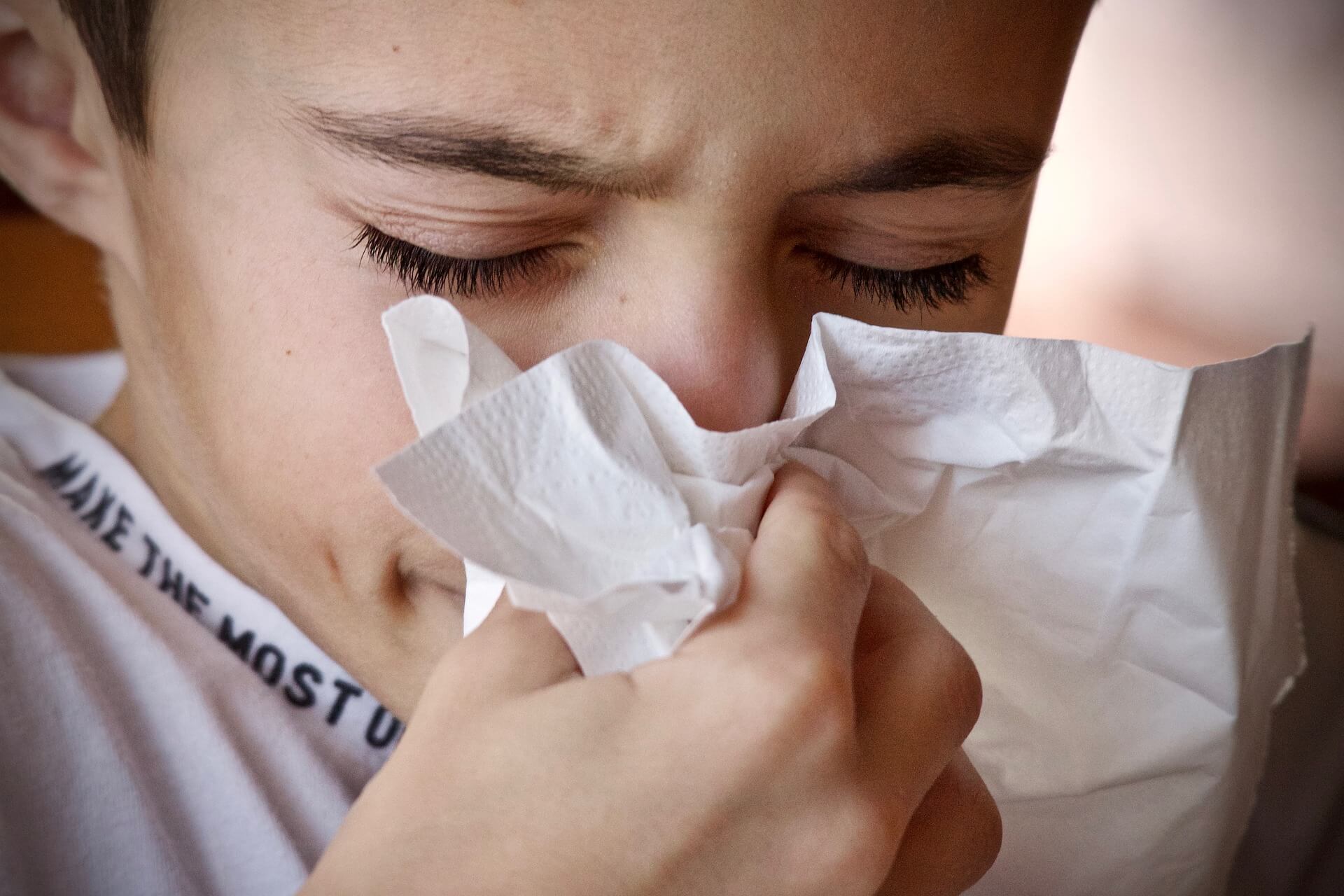Do you have an allergy already to pollen, certain plants, animal fur or feathers, latex or house dust?
Have you ever had a reaction to a foodstuff and wondered why? It could be because the body is treating foods that have nothing to do with your allergy, like an invader.
The medical term for the condition is cross-reactivity. It means the allergy you have to say, house dust, may also cause an intolerance to some seafoods.
The reason your body reacts negatively to some foodstuffs is because they contain a similar structure to the substance that causes your allergy. As a result, the body thinks it is the substance you are allergic to, and it reacts accordingly.
Like a house dust allergy, if you eat prawns, it may trigger watery eyes and sneezing. Other symptoms include itchy, red skin, tingling around the mouth and in some cases swollen eyes and lips.
The most common allergies are an allergy to:
- Latex
- Tree pollen
- Mugwort
- Ragweed
- House dust
- Feathers and bird droppings
- Animal fur
Latex Allergy
An allergy to latex isn’t that common. You find latex in gloves, medical devices, balloons, hot water bottles, wetsuits and more. Mild symptoms usually include red, itchy skin or eyes and a runny nose. A severe allergic reaction could bring on anaphylaxis.
Foods that have similar proteins to latex include tomatoes, avocados, kiwis, bananas, mangoes, celery and potatoes.
Tree Pollen Allergy
An allergic reaction is caused by the proteins in tree pollen. Common symptoms include red, itchy eyes, a runny nose and sometimes asthma.
Some of the foods with a similar protein to tree pollen include almonds, hazelnuts, celery, carrots, potatoes, apple, plums peaches and pears.
Mugwort Allergy
Anyone who has an allergy to mugwort might experience asthma, itchy eyes, conjunctivitis, sneezing and a runny nose.
Foods with the same components include spices such as cumin, anise, fennel and coriander. Other foods include celery, carrot, mango, grape and lychee.
Ragweed
Ragweed is a very common trigger for hay fever in the UK. Hay fever symptoms include an itchy throat, runny nose, watery eyes and sneezing.
If you have a ragweed allergy you may also have an intolerance to cucumbers, bananas, melons and tomatoes.
House Dust
An allergy to house dust is caused by the house dust mite. It will give you symptoms such as sneezing, a runny nose, itchy eyes and sometimes respiratory problems. Developing an intolerance to certain foodstuffs when you have a dust allergy isn’t that common. But, you might find you can’t eat prawns, mussels, lobsters, crabs, oysters or squid.
Feathers and Bird Droppings
Feathers and bird droppings get into the air and affect the respiratory system. If you have this type of allergy then common symptoms include breathing problems, asthma, and conjunctivitis.
Foods you might not be able to eat include poultry, offal and eggs.
Animal Fur
Many people only find out they have an allergy to animal fur when they bring a cat or dog into the home. Again, cross-reactivity with foods isn’t common. However, some people with who are allergic to animal fur may be intolerant to meat, offal or cow’s milk.
People with a pollen allergy might only react to certain foods during the pollen season and not all year round.
Help From The Pharmacy
The best way to find out if you have an allergy or food intolerance is to have a test. Here at VSM Pharmacy we can give you a simple finger-prick blood test. This test targets more than 78 substances including the 14 allergens recognised by the NHS.
Once we have your results, we can recommend a treatment plan to help you manage your symptoms.
Make an Appointment
Book to have the test online, pop into the pharmacy or give us a call on 01276 21002.




